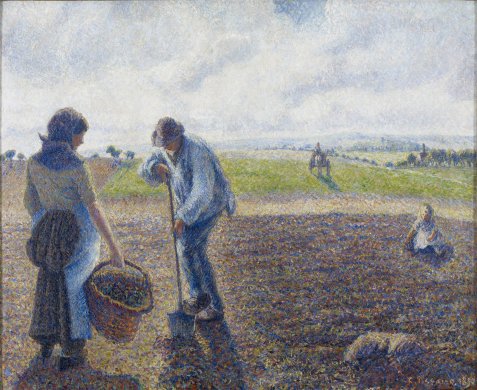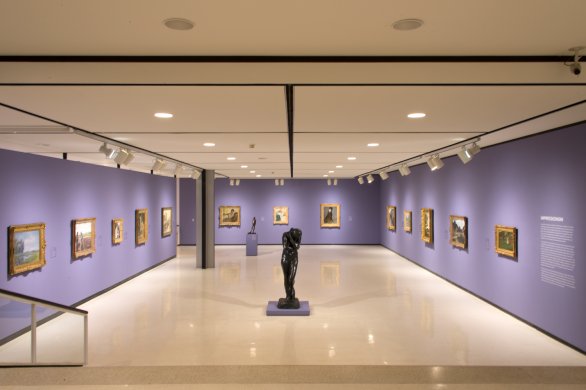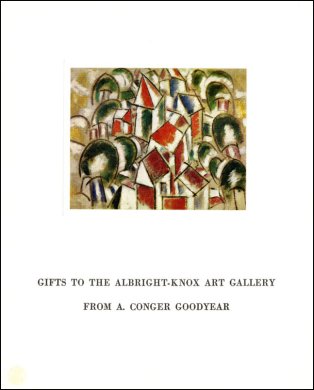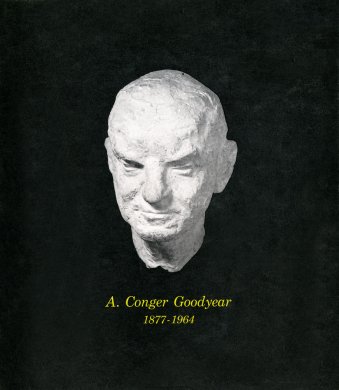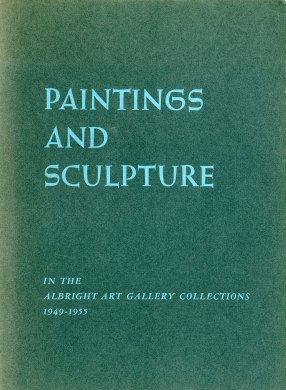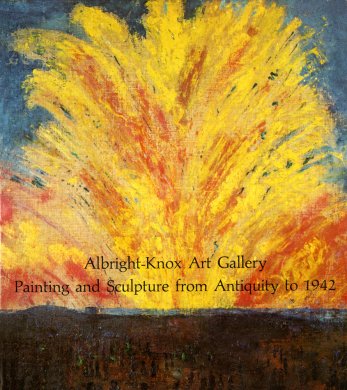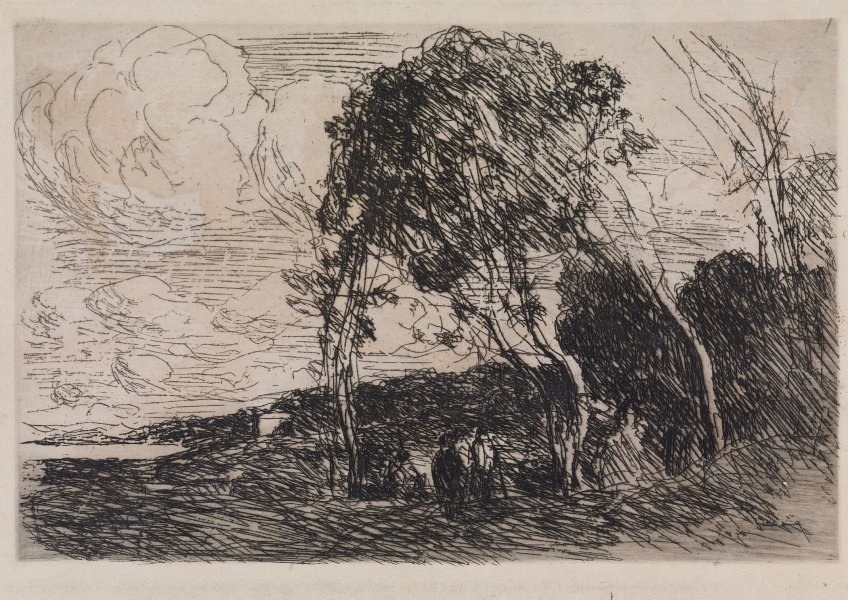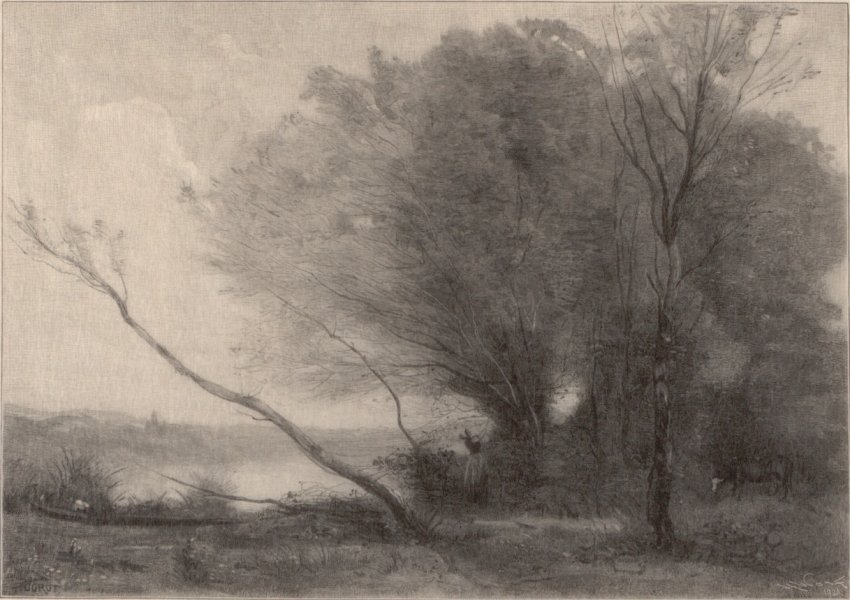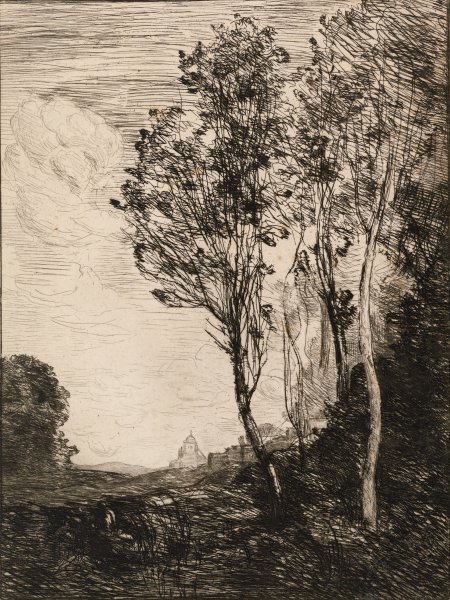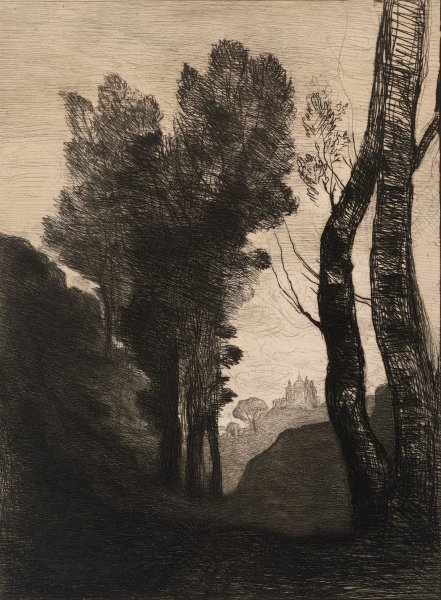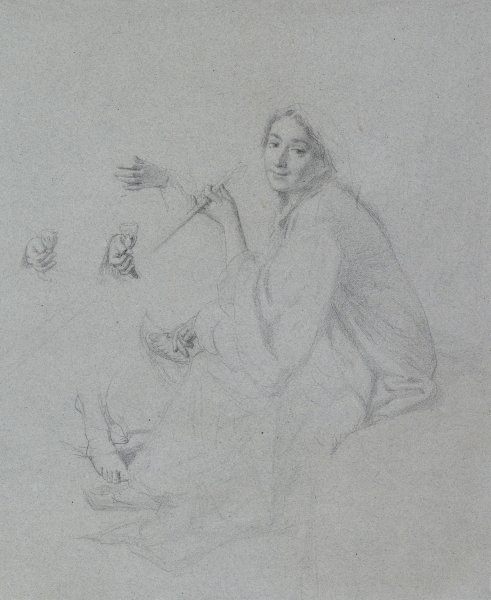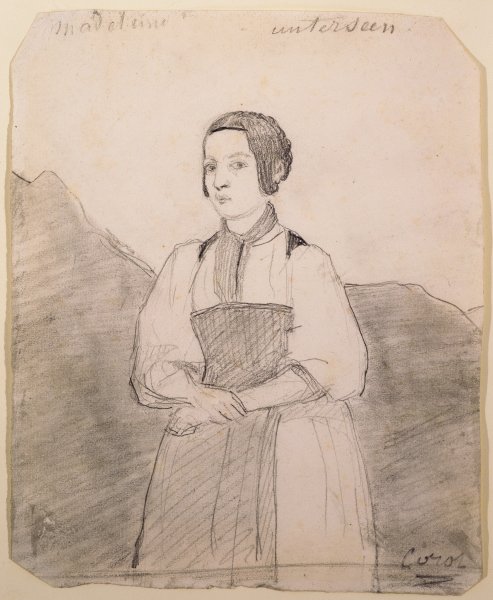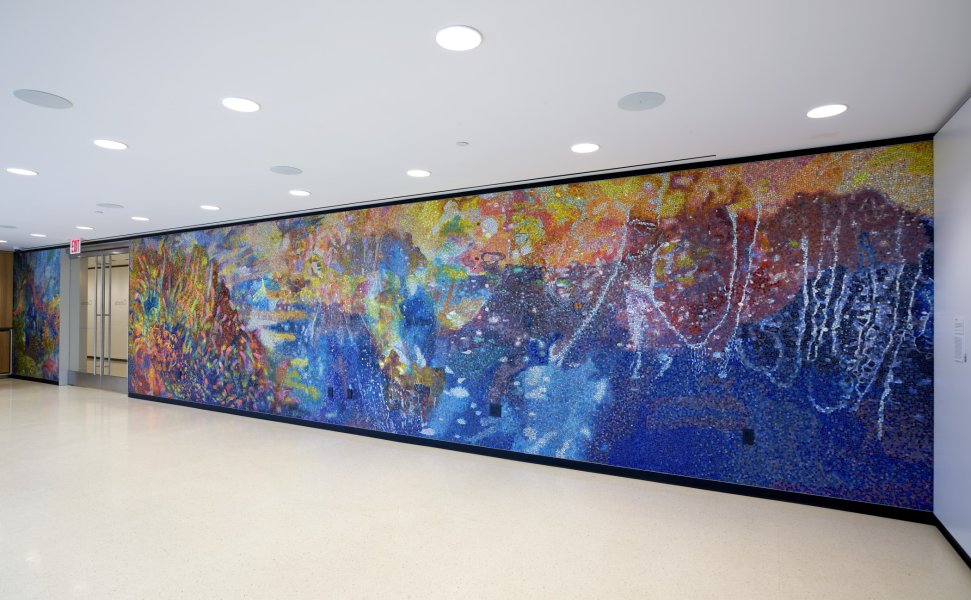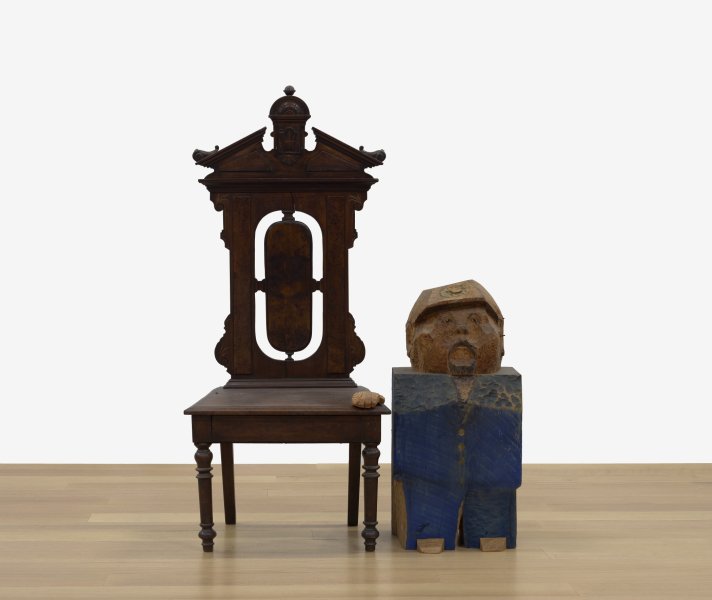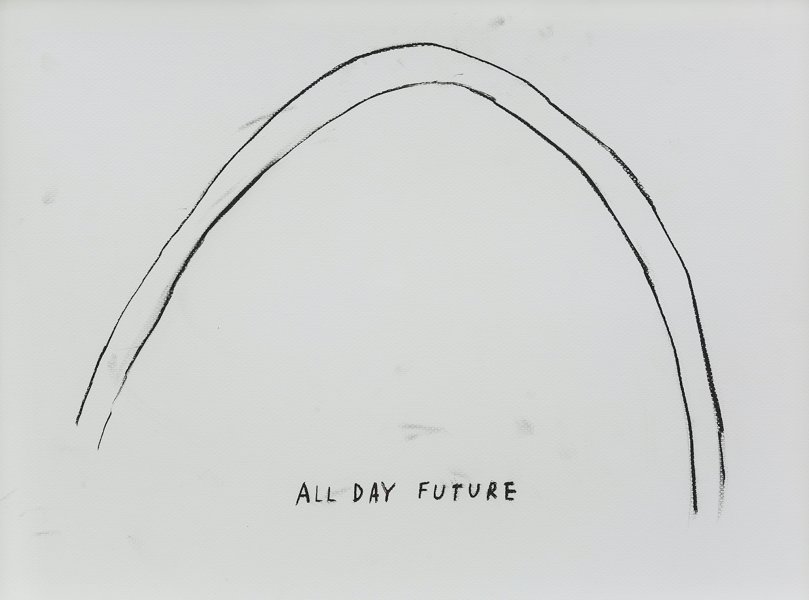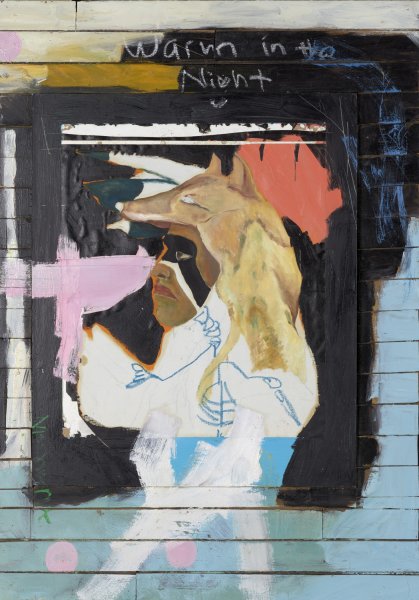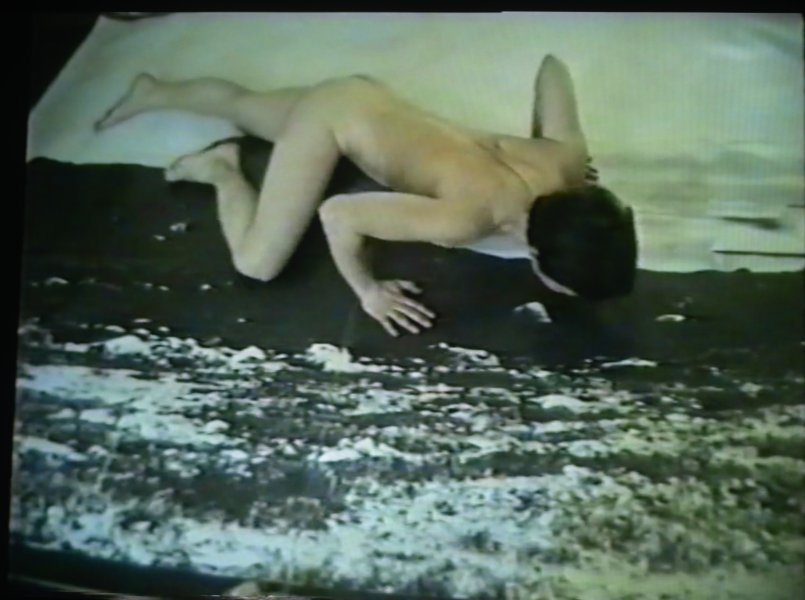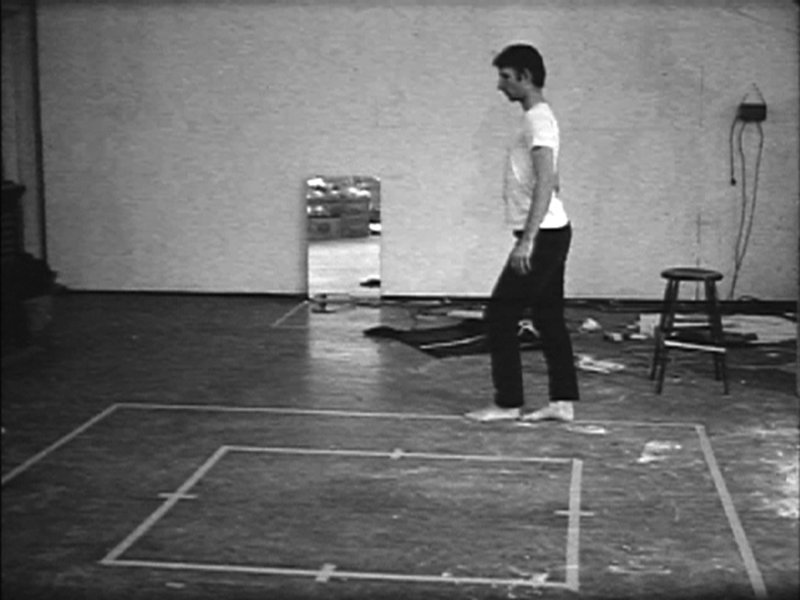Jean-Baptiste-Camille Corot
French, 1796-1875
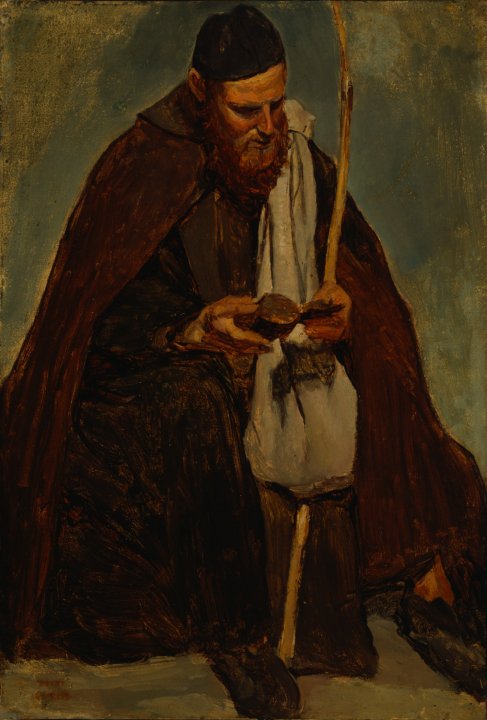
Moine italien assis, lisant (Seated Italian Monk Reading), ca. 1827
Artwork Details
Currently on View
Materials
oil on canvas
Measurements
support: 15 3/4 x 10 3/4 inches (40 x 27.3 cm); framed: 24 x 19 x 3 1/2 inches (60.96 x 48.26 x 8.89 cm)
Collection Buffalo AKG Art Museum
Credit
George B. and Jenny R. Mathews Fund, 1964
Accession ID
1964:11
As a young artist, Jean-Baptiste-Camille Corot traveled to Italy to study the Renaissance masters, a well-established practice among his peers. From 1825 to 1828, he spent his time there feverishly sketching and painting, sending two works back to Paris in 1827 for his first showing in the Salon. Corot also traveled extensively throughout his native France, as well as England, The Netherlands, and Switzerland, where he spontaneously painted vibrant, light-filled studies of the landscape. During the winter, Corot retreated indoors, where he worked in a more formulaic style and composed paintings of idealized pastoral settings based on classical themes. This intimate unfinished portrait depicts a leitmotif to which Corot often returned: the contemplative monk. The figure, who wears a simple brown robe and wooden clogs or sabots, is engrossed in the act of reading. The velvety tones and yielding light of paintings such as this one established Corot as an early bridge between the Neoclassical and Impressionist movements.
Label from Monet and the Impressionist Revolution, 1860–1910, November 15, 2015–March 20, 2016
